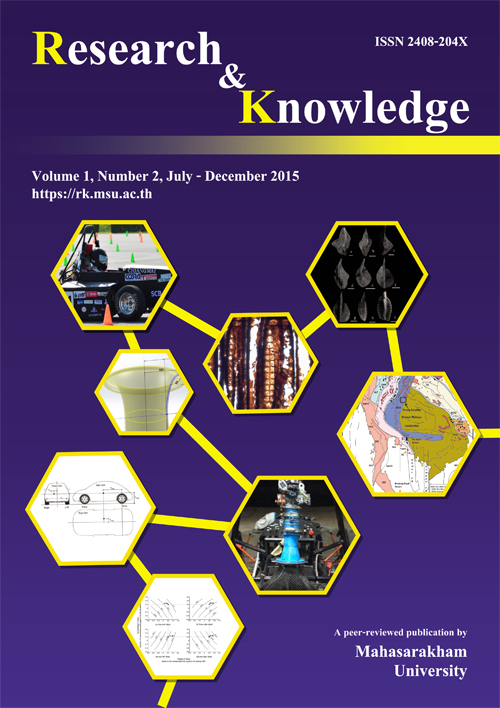Power plant effi ciency improvement by optimizing main infl uential control parameters
Keywords:
Power plant efficiency, optimization, control parameters, numerical analysisAbstract
This study was an attempt to increase power plant effi ciency by adjusting the process control parameters that resulted from a numerical analysis of the power plant effi ciency and its relevant operating parameters. The optimum values for the four main control parameters that would make the power plant run at the maximum effi ciency were evaluated for two regular load levels of 245 and 300 MW. The optimum values from the model were validated against the plant simulator due to the fact that it was too risky to adjust the real power plant. The results showed that if the plant was operated at the optimum combinations of the main control parameters, the effi ciency of the plant at the load levels of 245 and 300 MW would be 0.3859 and 0.3935, respectively. From the operating data during the last two years, the plant effi ciency at these two load levels would be improved by 0.0178 and 0.0149, which is equivalent to natural gas cost savings of 752,704 Baht/day (about 22,138 US$/day) and 609,862 Baht/day (about 17,937 US$/day), respectively.
References
Geete, A. and Khandwawala, A. I. 2013. Thermodynamic analysis of 120 MW thermal power plant with combined effect of constant inlet pressure (124.61 Bar) and different inlet temperatures. Case Studies in Thermal Engineering 1(1), 17–25.
Ghorbani, B., Ghashami, M. and Ashjaee, M. 2015. Electricity production with low grade heat in thermal power plants by design improvement of a hybrid dry cooling tower and a solar chimney concept. Energy Conversion and Management 94, 1–11.
Han, X. Q., Liu, M., Wang, J., Yan, J., Liu, J. and Xiao, F. 2014. Simulation study on lignite-fi red power system integrated with fl ue gas drying and waste heat recovery – performances under variable power loads coupled with off-design parameters. Energy 76, 406–418.
Kotowicz, J. and Balicki, A. 2014. Enhancing the overall effi ciency of a lignite-fi red oxyfuel power plant with CFB boiler and membrane-based air separation unit. Energy Conversion and Management 80, 20–31.
Mikulandrić, R., Loncar, D., Cvetinovi, D. and Spiridon, G. 2013. Improvement of existing coal fired thermal power plants performance by control systems modifi cations. Energy 57, 55–65.
Wang, C. J., He, B., Yan, L., Pei, X. and Chen, S. 2014. Thermodynamic analysis of a low-pressure economizer based waste heat recovery system for a coal-fi red power plant. Energy 65, 80–90.
Energy Policy and Planning Office, 2014. Electrical consumption and production of Thailand. Ministry of Energy, Thailand. http://www.eppo.go.th, access on 16/04/2015.
Electricity Generating Authority of Thailand. 2015a. Fuel consumption for electrical generating. http://www. egat.co.th, access on 20/04/2015.
Electricity Generating Authority of Thailand. 2015b. Natural gas price and electricity charge. http://www. egat.co.th, access on 3/05/2015.
Downloads
Published
How to Cite
Issue
Section
License

This work is licensed under a Creative Commons Attribution-NoDerivatives 4.0 International License.








